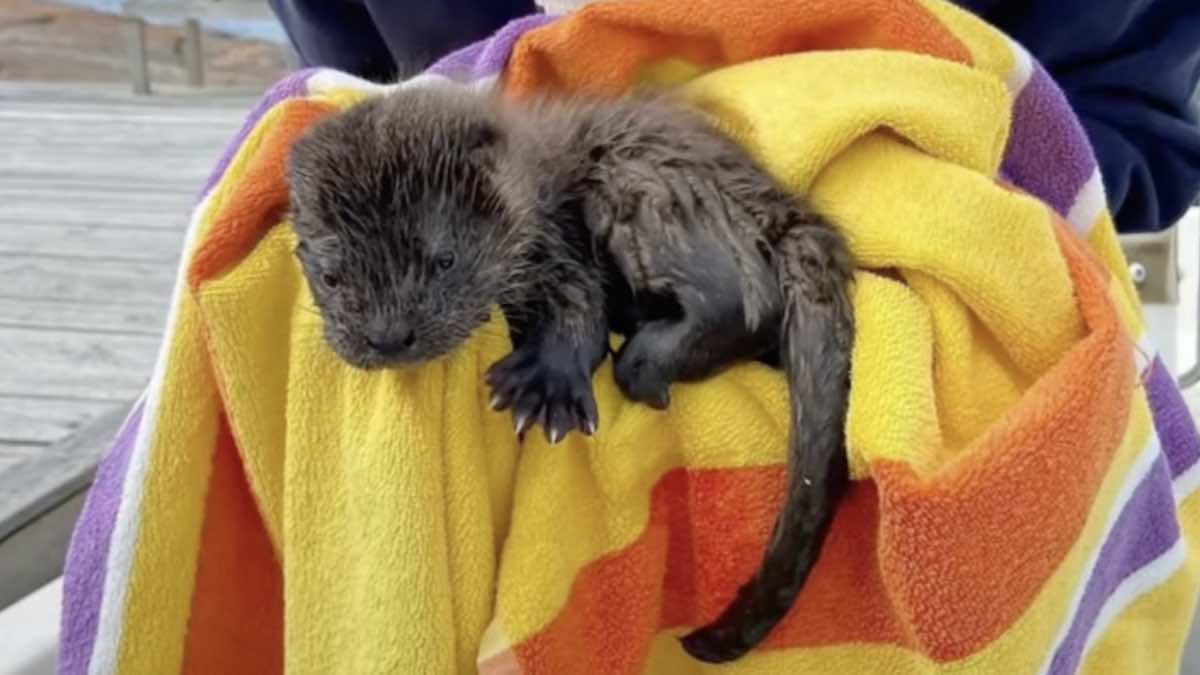County to Lead Two County EMS Rapid Response Pilot Program
At its November 5 meeting the Otter Tail County Board of Commissioners approved a grant agreement with the Minnesota Emergency Medical Services Regulatory Board allowing the county to act as fiscal agent for a new two county emergency medical services pilot program. The pilot is designed to bring up to three rapid response units offering advanced life support to rural and underserved areas, which could shorten response times and improve patient outcomes across Otter Tail and Grant counties.
Listen to Article
Click play to generate audio

The Otter Tail County Board of Commissioners took a decisive step on November 5 when it approved a grant agreement with the Minnesota Emergency Medical Services Regulatory Board that positions the county as fiscal agent for an innovative two county emergency services pilot program created by the 2024 Legislature. The program pairs Otter Tail County with neighboring Grant County to test ways to strengthen advanced life support care in rural communities where long travel distances and sparse resources can delay critical treatment.
Under the pilot the counties may field up to three rapid response units. These units are intended to deliver advanced medical care at emergency scenes until additional resources arrive, a model that state lawmakers expect will improve response times, patient outcomes, and overall community health measures. The Legislature also designated a separate pilot for St. Louis County, while the combined Otter Tail and Grant effort will be this region’s testbed for the new approach.
Several local ambulance services are partners in the pilot. In Otter Tail County participating providers include Henning Ambulance, Parkers Prairie Ambulance, Perham Area EMS and Ringdahl EMS. Grant County partners are Ashby Ambulance, Hoffman Ambulance and Lake Region Ambulance based in Elbow Lake. Both Otter Tail and Grant counties hold representation on the program’s board, which will guide deployment decisions, oversight and evaluation of the pilot.
For Otter Tail County residents the pilot promises more timely access to advanced life support care in communities that currently rely on volunteer crews or must wait for staffed ambulances to travel long distances. Faster access to advanced airway management, cardiac monitoring and medication interventions at the scene can change outcomes for time sensitive conditions such as cardiac arrest, severe trauma and stroke. County officials describe the pilot as a way to bring targeted resources to underserved areas and to test scalable solutions for rural Minnesota.
Operational details remain to be worked out, including staffing, equipment distribution, dispatch protocols and metrics for success. The grant agreement makes Otter Tail County the fiscal agent, which centralizes funding and administrative responsibilities and may smooth the flow of state dollars to participating services. The pilot will also require coordination between ambulance services, dispatch centers and county governments to ensure units are positioned to reach communities quickly.
Challenges are familiar to rural EMS systems, including recruitment and retention of personnel, consistent training and long term funding for expanded services. The pilot creates an opportunity to measure whether rapid response units can deliver measurable improvements and whether the approach is sustainable beyond initial grant support. County residents can expect county and partner agencies to provide further information as operational plans and deployment timelines are finalized. The Otter Tail County news release indicates the program will proceed with local oversight and evaluation to assess its impact on rural emergency care.


